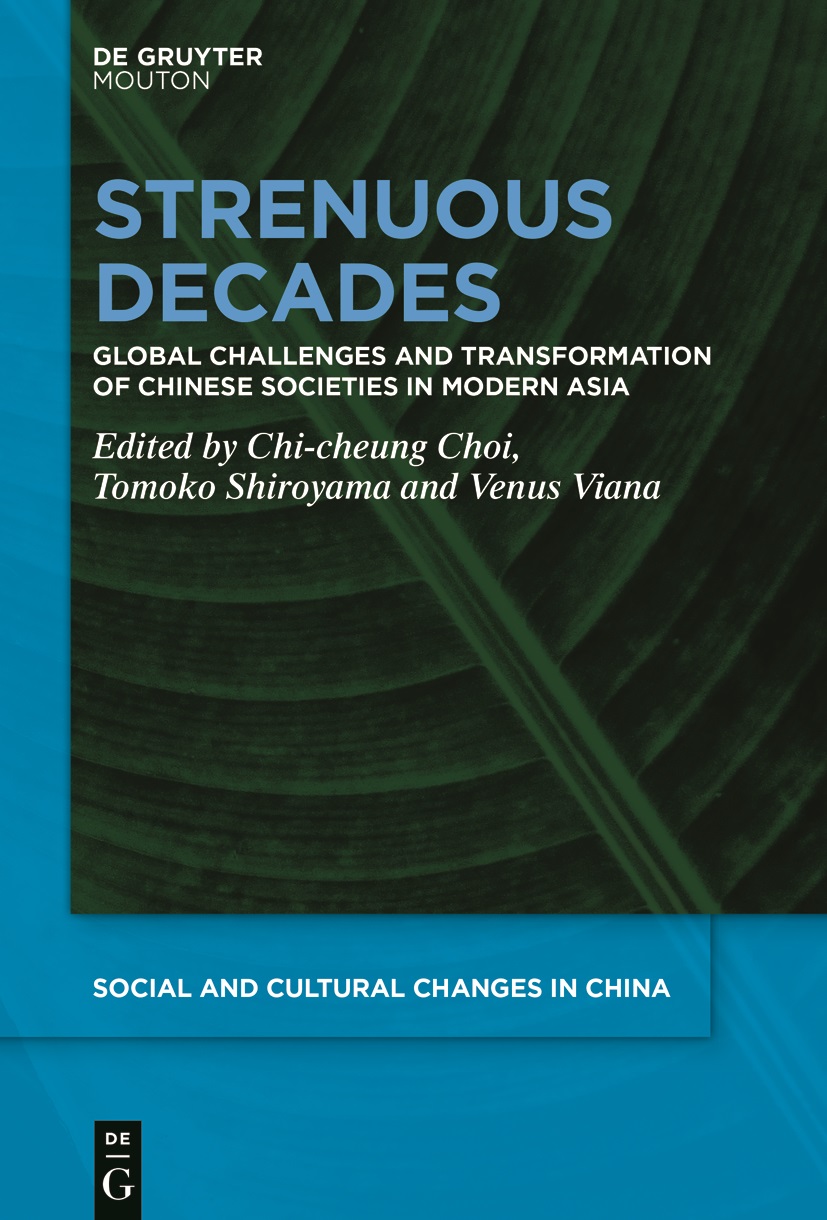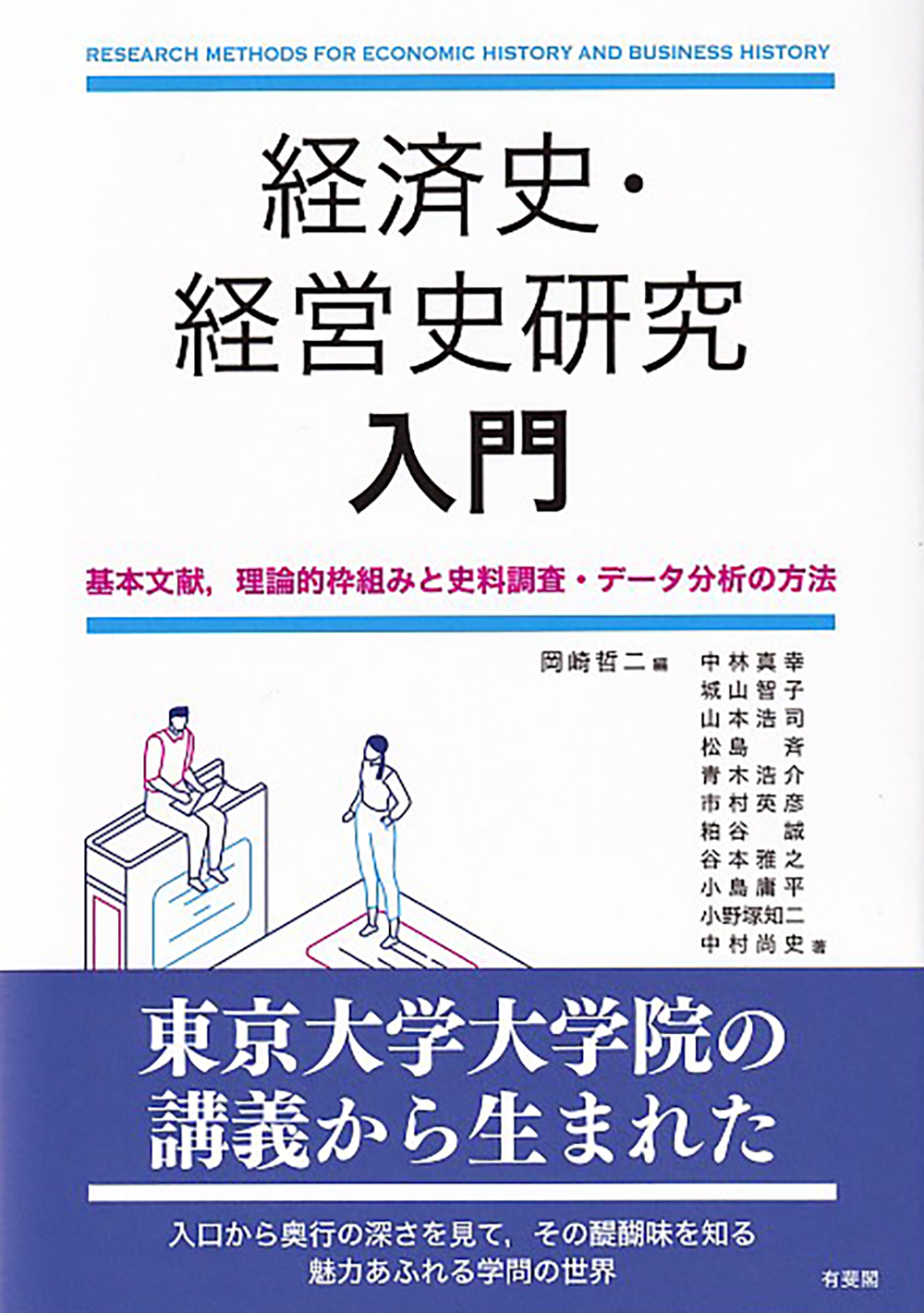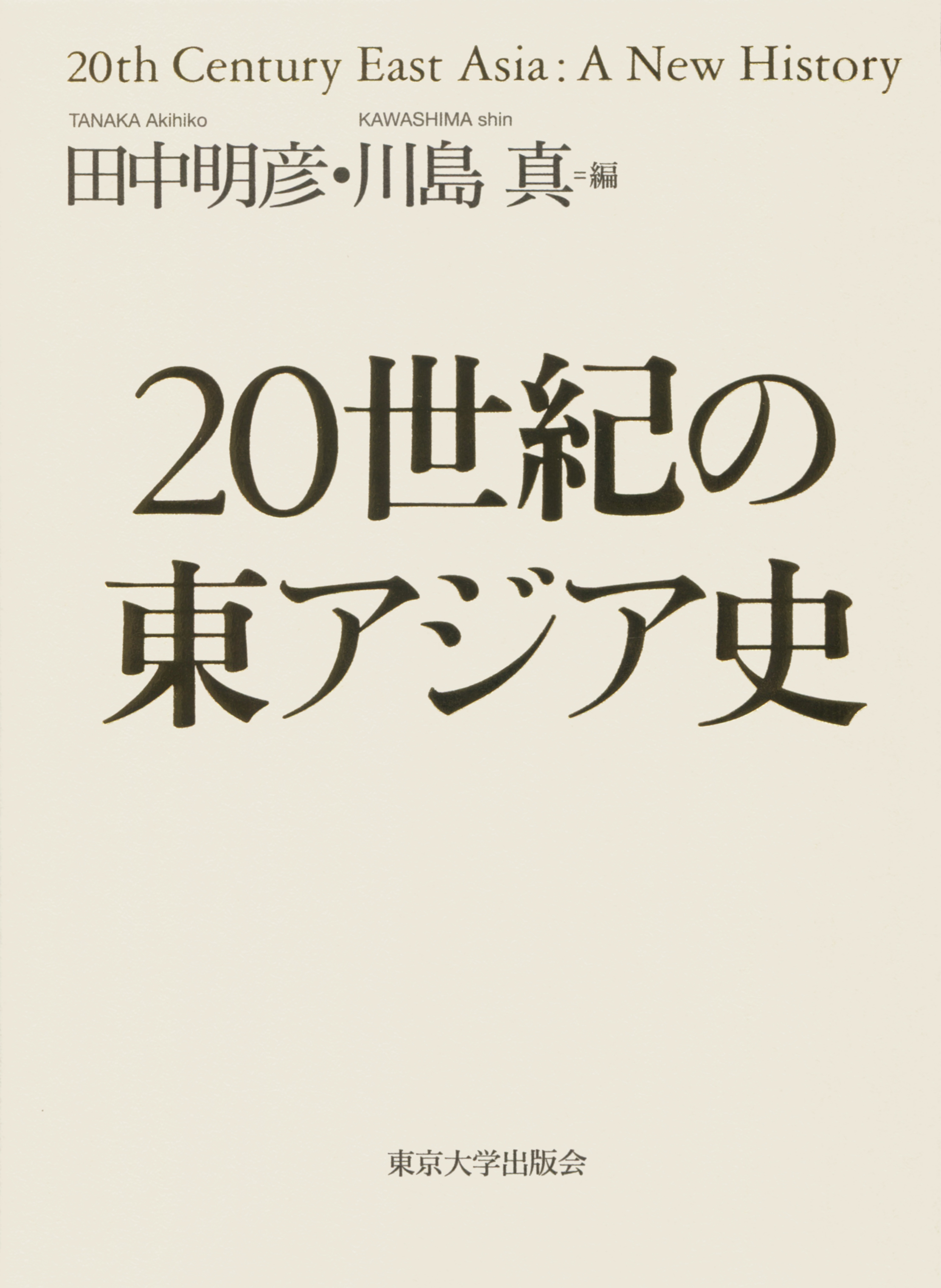
Title
Volume 2 in the series Social and Cultural Changes in China [SCCC] Strenuous Decades Global Challenges and Transformation of Chinese Societies in Modern Asia
Size
338 pages, hardcover
Language
English
Released
March 21, 2022
ISBN
9783110673449
Published by
De Gruyter Mouton
Book Info
See Book Availability at Library
Japanese Page
The movement of goods and passengers between port cities not only stimulates growth in coastal trading networks and centers but also changes the social and economic lives of people in these port cities and of their fellow compatriots farther inland. During China’s shift from its traditional engagements with Asia and the world to its involvement in modern globalization in the mid-nineteenth century, the Chinese came to face the challenges originating beyond their localities. On the one hand, Chinese citizens were exposed to the external shockwave of the global economy and that included the Great Depression in the late 1920s to the early 1930s. On the other hand, traders and workers outside China faced the socioeconomic turbulences at their host destinations some without the protection of the state and other under the pressure of the colonial governments. How did they cope with these challenges that were of global origin? Answering the question that this volume poses has the two related purposes. First, this volume provides a nuanced view of Asia’s transformation from the mid-nineteenth century. The treaties determined the opening of Chinese ports to the west, but we need to explore how China was incorporated into the modern world, and its impacts on Asia. In so doing, our focus on experiences by ordinary citizens of Chinese ethnicity is crucial, as they were the key actors linking China and abroad. Second, this volume tests the strategies taken by Chinese against the background of the deepening integration of societies and economies in the world. Coping with the global challenges, people inside and outside of China employed their shared repertoires such as native ties, secret societies, popular religions, and local credits. How were they effective, and why? Exploring how they were effective under the circumstances specific to each of the localities, this volume not only sheds light on the features of the Chinese societies in the region but also examines modern globalization from Chinese perspective.
Although all the chapters address both aspects, in order to highlight the findings and implications central to each chapter, the volume is divided into two parts: Part one, “Traders and Workers Abroad: Coping with Colonial Powers and Socioeconomic Adversaries” and part two, “Banks and Businesses in China during the Great Depression.” The former deals with the ethnic Chinese living and working in South East Asia. The authors discuss the social and economic lives in various South East Asian port cities where many residents had to cope with these transnational crises. They do so through examining institutional measurements, rituals and festivals, communication, knowledge and information exchange as well as identity (re)construction. In addition, they explore how local communities responded to knowledge and information between the port cities and cities as well as inland locations. Part two focuses on financiers, producers, and consumers facing unpreceded global economic crisis which hit China in the early 1930s.
Overall this book offers solid grounds for future comparisons, not only based on a specific time or event but also on how society reacted over time, space, and various types of crises.
(Written by SHIROYAMA Tomoko, Professor, Graduate School of Economics / 2022)
Table of Contents
Tomoko Shiroyama
Part I: Traders and workers abroad: Coping with colonial powers and socioeconomic adversaries
Coping with colonial governments
Chapter 1
Hong Kong rice merchants and Saigon’s rice exports, 1870s–1920s
Li Tana
Chapter 2
The general, the Chino, and the Señorita: Stories from The Manila Times in early US Colonial Manila
Richard T. Chu
Chapter 3
Vulnerability, divided loyalties, and secret societies in Siam, 1850–1950
Jeffery Sng, Pimpraphai Bisalputra
Modern hygiene and medicine
Chapter 4
A different model of hygienic modernity: Encountering plague in Macau in 1895
Di Mao
Chapter 5
Health crisis in Chinese worlds: Medicine, religion, and epidemics in South China and Southeast Asia, 1880s–1910s
Kaori Abe
Collective survival of workers
Chapter 6
A Cantonese Carpenters’ strike in Rangoon, 1922
Yi Li
Chapter 7
Coolies and crisis in Singapore: The great depression in the 1930s and the Chinese working class
Kah Seng Loh
Part II: Banks and businesses during the great depression
Silver and the Chinese economy
Chapter 8
Silver and East Asian cities before China’s Depression: Shanghai, Tientsin, and Dairen, 1925–1931
Kai Yiu Chan
Chapter 9
Distant thunder? Reconsidering the impacts of the great depression on China
Tomoko Shiroyama
Credit system without a central bank
Chapter 10
Chinese currency circulation and credit order in the interwar period
Hiroaki Morota
Chapter 11
Monetary war between Nanjing and Guangzhou during the great depression: Financial unification and national versus local politics in China in the 1930s
Jin-A Kang
Qiaoxiang (Overseas Chinese hometown) in crisis
Chapter 12
Currency reform and the 1934 financial crisis in Shantou
Chi-cheung Choi
Chapter 13
Bank runs and runaway bankers in Zhongshan, 1930s
Venus Viana
The paradox of the consumer market
Chapter 14
The Chinese cigarette market amid an economic crisis, 1931–1936
Huangfu Qiushi
Glossary
Index



 Find a book
Find a book


 eBook
eBook
